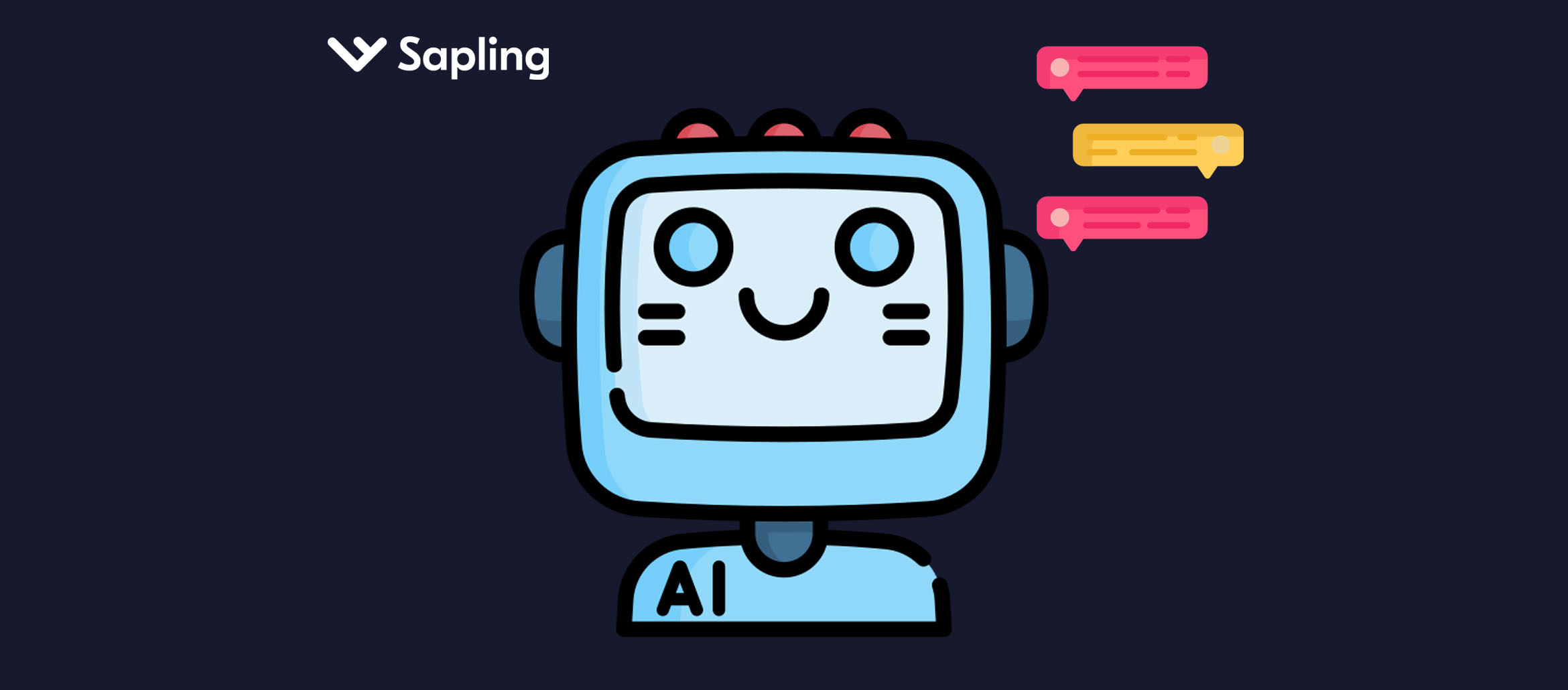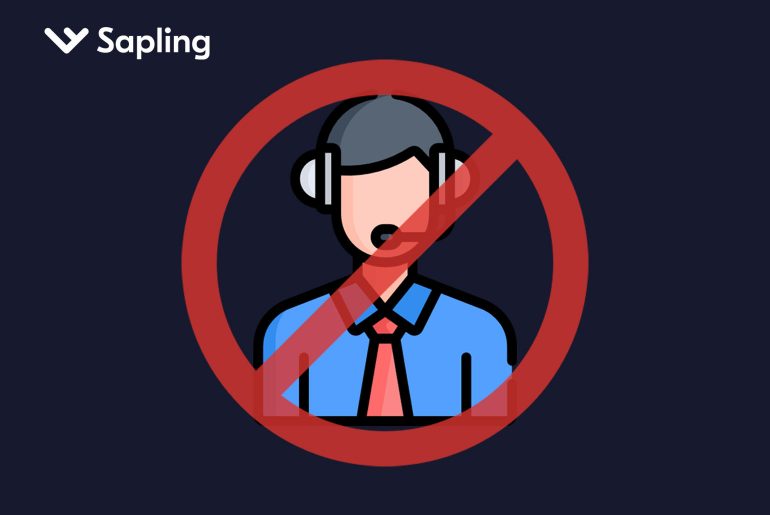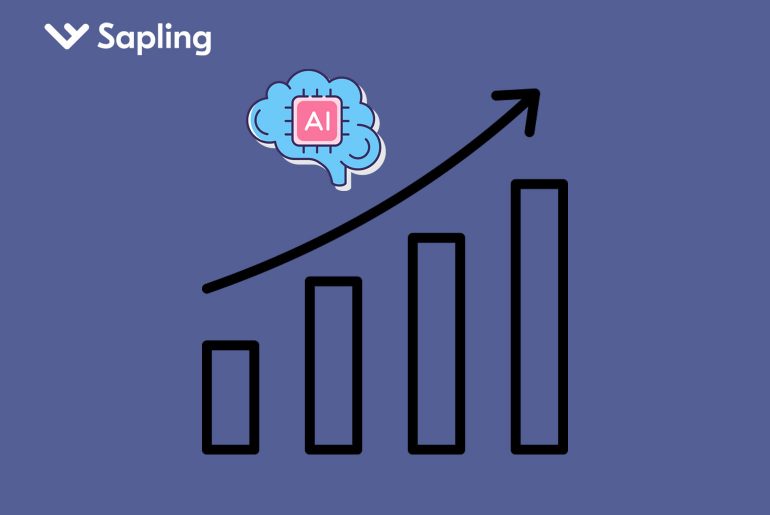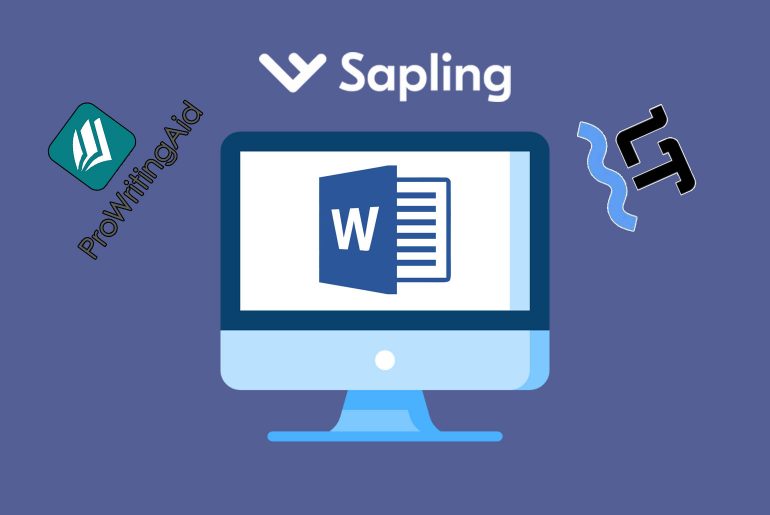When you visit a website, you’ve probably noticed a little window open on the right side of your screen, followed by a message saying, “How can we help you?” or something to that effect. That “person” on the other end that appears to be sending you a message is not a human; it’s a chatbot.
Chances are that if you’ve ever interacted with a chatbot, your experiences have been both good and bad. Chatbots certainly come with their fair share of advantages and disadvantages, which begs the question: are they effective? Should they be the sole communicator between humans and brands, or is there a more efficient, more customer-friendly alternative?
Contents
What Is A Chatbot?
Let’s start with what a chatbot is. Put simply, it is a computer program that interacts with humans by sending them pre-programmed messages. The messages they send depend on the human’s initial question as well as their ensuing responses. Over time, the program learns which replies are appropriate for a given situation.
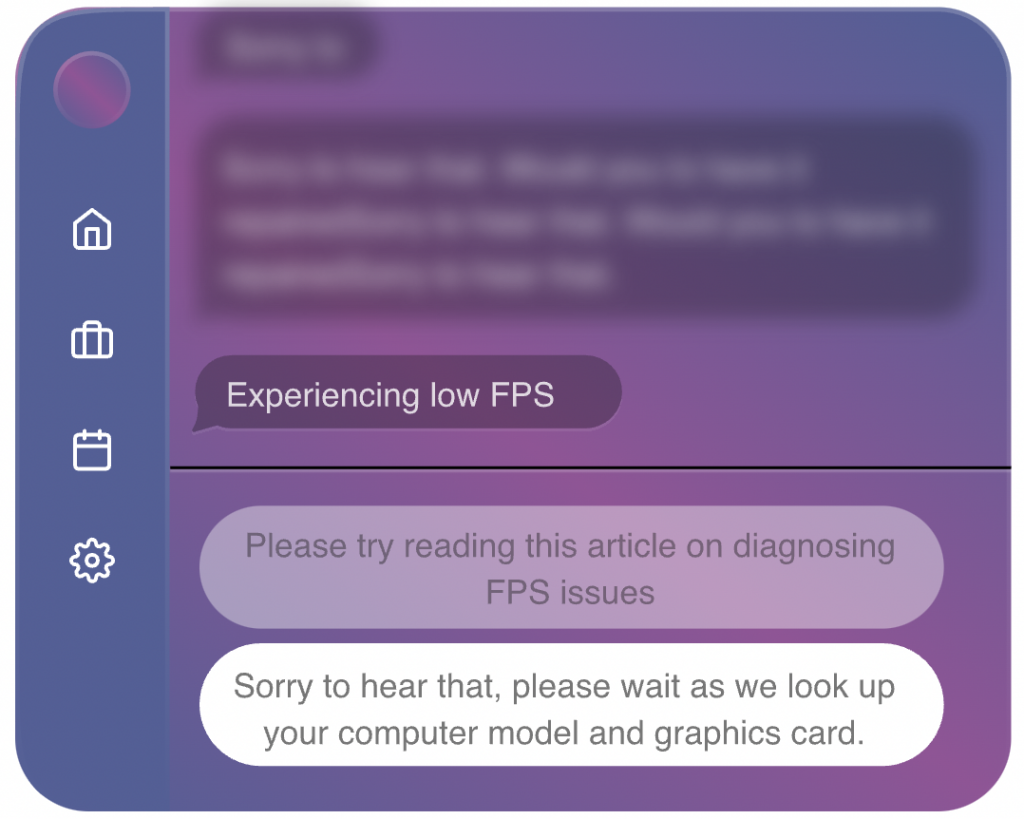
Chatbot Advantages
Below are 6 potential advantages for companies who decide to use a chatbot for online customer service interactions.
1. They Provide Faster Customer Service
Chatbots don’t take lunch, coffee, or bathroom breaks, they don’t nap at their desk, and they don’t wait for someone else to take a turn answering messages. They’re computer programs, which means they have no physical needs or emotions. It also means they can respond almost immediately to customer service requests. They may take a few seconds to analyze a customer’s question or response and determine the appropriate reply, but the wait time is typically not long.
2. They Are Available 24/7
Your human employees have lives outside of work. Unless you’re paying them for it, they won’t spend all their free time and weekends checking the chat messages for your company. A chatbot, on the other hand, can be deployed to respond to messages 24/7. This is a wonderful feature that will help you win over a lot of customers. They will put their trust in you and your service if they know they can get at least basic help any time of the day, night, and week.
3. They Help Overloaded Teams Scale Better
You want your business to continuously take on more customers, but you can’t do that if your customer service agents are struggling to keep up with the demand. A chatbot takes some of the pressure off your busy, overloaded team so they can continue scaling upwards.
4. They Are Cheaper Than Hiring More Customer Service Agents
While you always need human customer service agents, you may be able to move money from your customer service budget to another area of your company that needs it more by using chatbot software. It’s cheaper than paying a salary, and it may meet the basic needs of your customers just as efficiently as a paid employee.
5. Chatbots Can Scale Arbitrarily
Chatbots don’t need to be taught how to handle a huge influx of new customer service requests. They are already programmed to process an infinite number of chats.
6. They Filter Out Self-Serve Requests
Chatbots filter out self-serve requests, such as what the company’s business hours are or how the return process works. This way, your human agents can prioritize more complex issues that the chatbot software can’t handle.
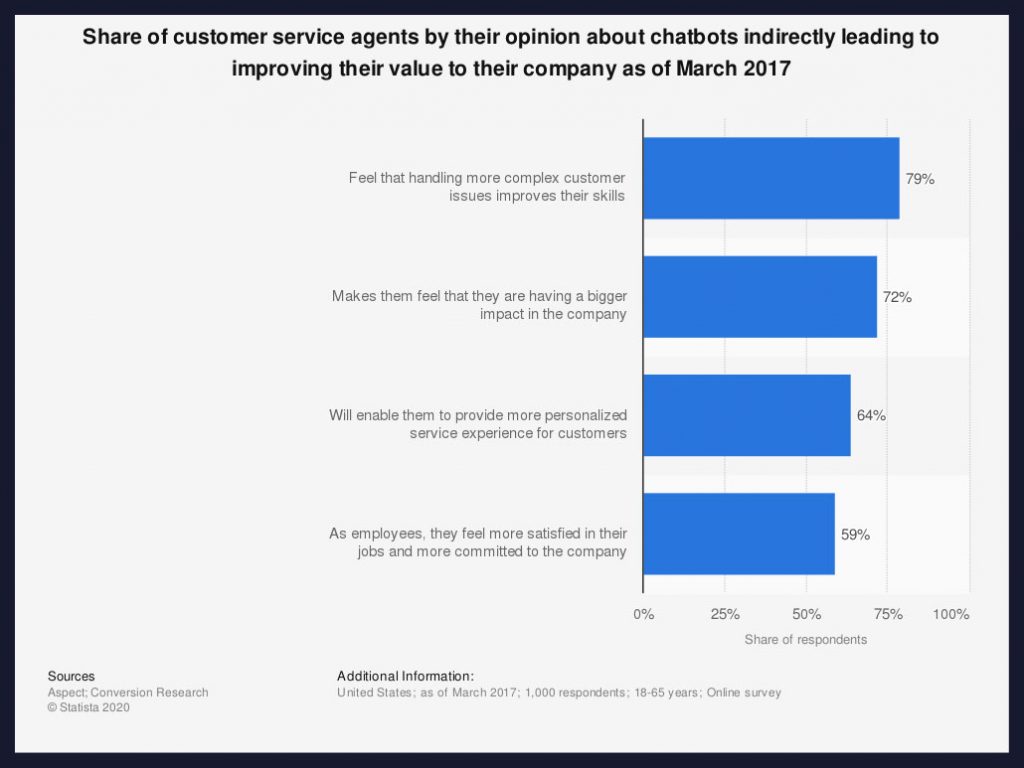
Chatbot Disadvantages
Remember how we also said that chatbots come with disadvantages? Here are 7 of them.
1. They Provide Potentially Lower Customer Service Quality
Think of the last time that a company’s customer service impressed you. More than likely, you were not speaking to a chatbot during that experience.
Calling or messaging a chatbot can be one of the most frustrating ordeals for a customer who needs help. To receive the same generic, perhaps non-relevant answer repeatedly is infuriating and demoralizing.
2. A Chatbot Does Not Provide a Personalized Experience
Chatbots can’t sense when a customer is in distress. They lack empathy and personalization. The lack of emotional reassurance or human connection can cause a customer to seek service elsewhere, which is exactly what you don’t want to happen.
3. They Can’t Handle Or Resolve Complex Customer Problems
Chatbots can’t handle non-basic problems that don’t fit into their preset capabilities. They also can’t calm down angry or other highly emotional customers. Finally, they can’t resolve an intense situation or make important tail-end decisions, like whether or not to offer a refund.
4. They Can Be Hard To Install Or Deploy
Chatbots can take a long time to set up and deploy into the workforce. If they are based on flow builders, you will have to build the chatbot flows from the ground up yourself or hire someone to do it. This process could take months to finish.
5. They Lose Customer Insights
When you leave chatbots to deal with your customers, you may miss out on insights and feedback that those customers express. A chatbot will not report back to you if the customer says the company is not meeting a particular need, for example. It’s just not part of the program’s job.
6. They Can Be Difficult to Set Up
A chatbot can be time-consuming and tricky to set up. It’s a complex program that requires constant maintenance and attention, during both initial deployment and long-term use.
7. A Chatbot May Not Transmit Data Securely
Some chatbots do not transmit data securely and may be vulnerable to hacking. This is unacceptable for transferring private information and user data, especially in the medical field with HIPAA violations being a major concern, or financial services that require PCI compliance.
Can Human-In-The-Loop AI Improve Chatbots?
So far, we have 6 advantages and 7 disadvantages to using chatbots. Do the latter points tip the scale in favor of not using them at all? Not at all.
There’s obviously a lot of great things about using a chatbot to help field your customer service requests. To maximize those pros and minimize the accompanying cons, we recommend using the human-in-the-loop strategy. It pairs the awesome learning power and efficiency of artificial intelligence with the wisdom and adaptability of human beings.
The point of human-in-the-loop AI is there’s no reason to use chatbots only or human customer service agents only. Instead, there is every reason to use both. The chatbots can take care of minor concerns such as self-serve questions, and the human agents can effectively provide personalized and empathic solutions to tail-end problems. This system allows the humans to focus on scaling and not get bogged down in simple requests.
How Sapling Puts The Human In The Loop With Chatbot Technology
Here at Sapling, we believe in the human-in-the-loop philosophy, so we kept it at the forefront of our minds as we designed our chat software called Sapling Suggest. In this program, we included all the advantages of chatbots with none of the disadvantages.
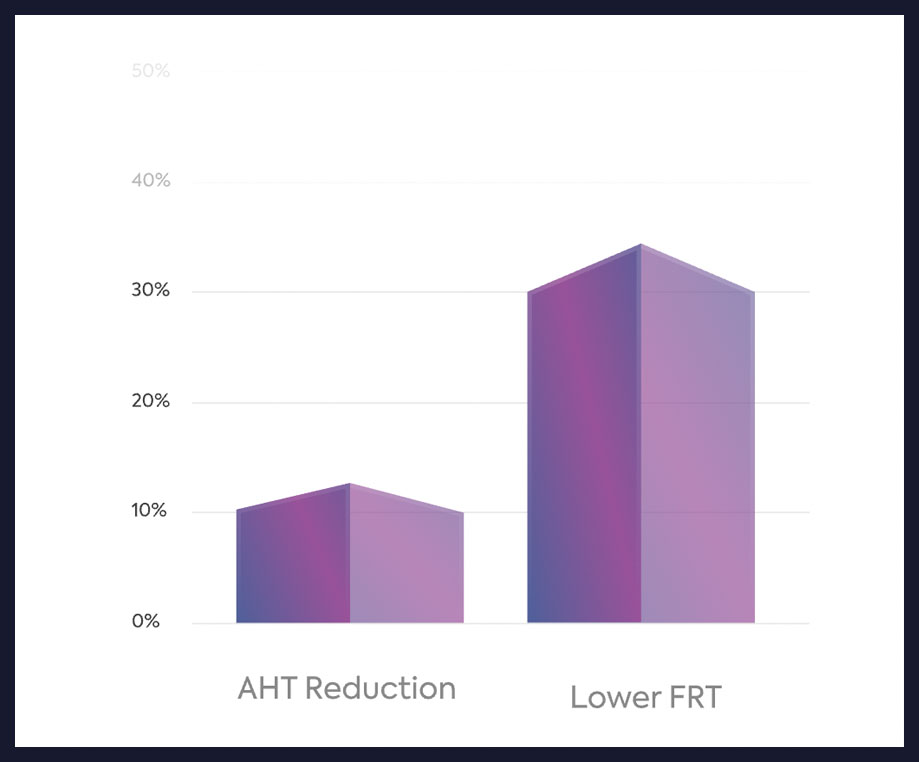
With Sapling Suggest, you’ll receive the following benefits:
1. Faster Deploy Time
Our chatbot assistant does not use flow builders. It learns as it goes, so you can launch it faster and maximize cost efficiency.
2. Smarter Suggestions Over Time
Sapling’s chatbot is AI-based, which means it will get smarter the longer you use it. The more it interacts with your customers, the better equipped it will be to provide an appropriate response.
3. Does Not Retain Personal Data
Sapling’s Suggest solution has the option to not retrain the data of the people who interact with it. While this will result in a less personalized experience, it also ensures that none of the private information it receives will fall into hackers’ hands.
4. Human-In-The-Loop Integration Yields Higher Satisfaction Scores
Your business’s satisfaction and net promoter scores (NPS) will go up when you use a smart chatbot like Sapling. The quick, efficient way it replies to customers and refers them to the most effective solution for their problem will have them leaving high ratings for your service.
5. Allows Human Agents To Solve Tail-End Problems
Sapling knows when to step out of the way and let a human take the lead. It refers tail-end problems that require decision-making to human agents, who are better qualified to recommend actionable solutions.
6. Helps Human Agents Stay Efficient
Sapling takes care of the easy questions, which allows human agents to stay efficient and stay on top of all customer service requests.
Conclusion: Sapling Leverages the Benefits of AI With a Human Touch
At Sapling, we understand that nothing can replace the human experience, nor should a piece of technology replace it and make it unavailable.
We designed Sapling Suggest for businesses that care about providing quality service for their customers. At the same time, we want to help human employees who are struggling to keep up with scaling. Our program will help them work smarter rather than harder, so they in turn can help more people have a better customer service experience.
Try out Sapling Suggest for free for 30 days here.

